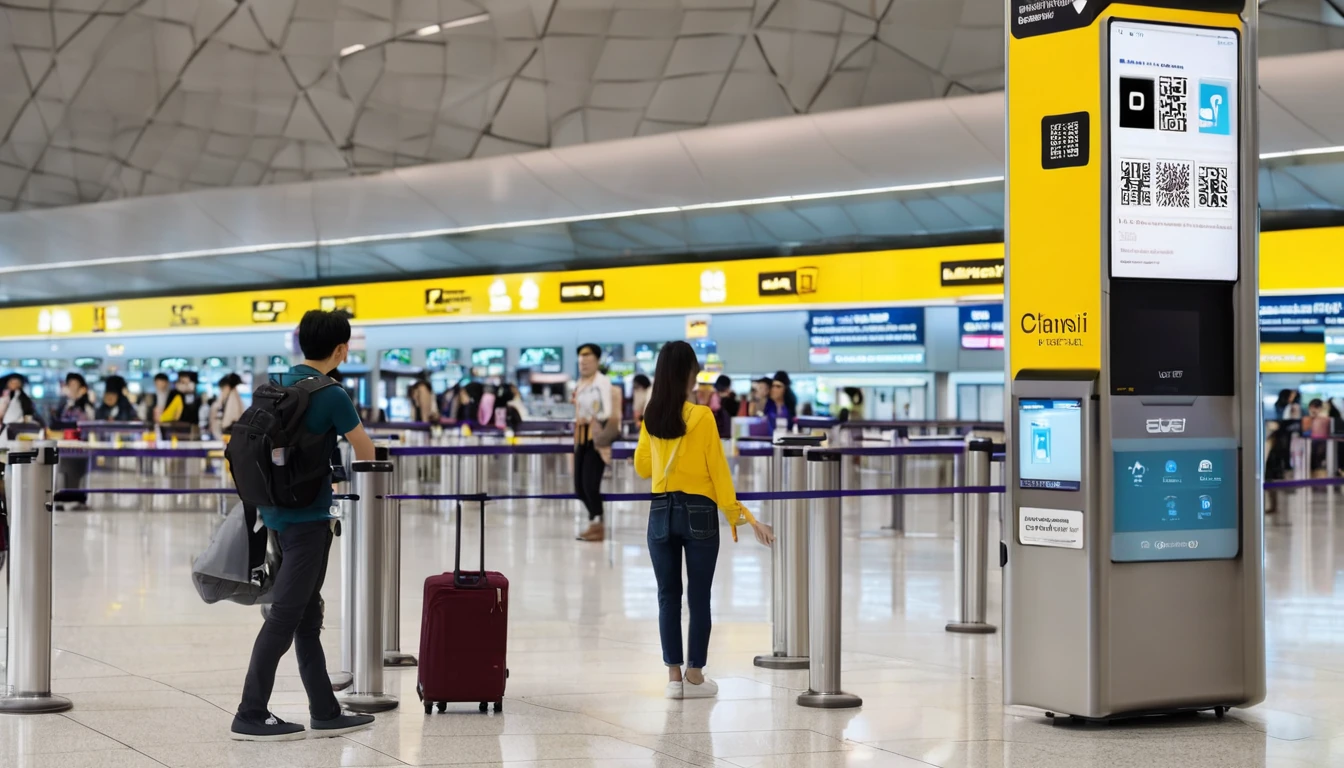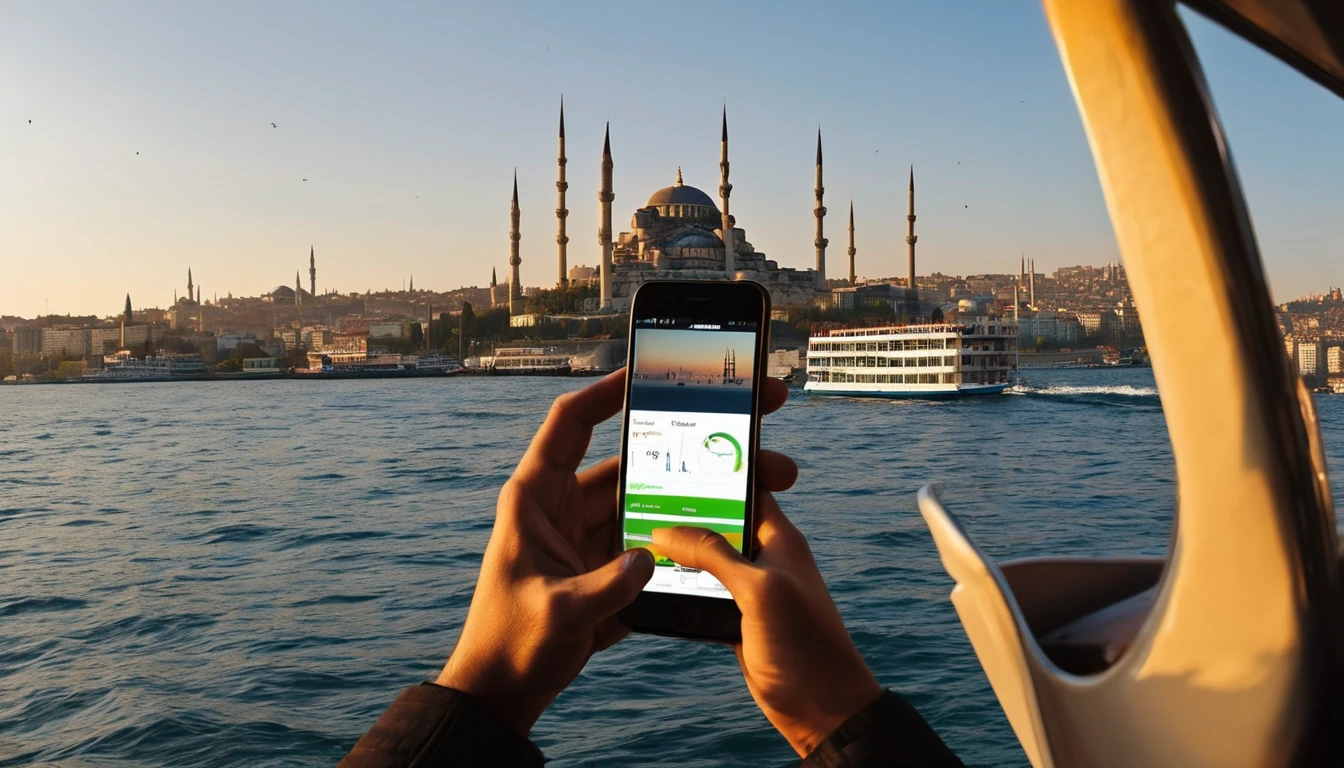Planning a Europe itinerary 2 weeks long with minimal airport hassle? This classic Schengen rail loop links five capitals in one efficient line: Paris, Amsterdam, Berlin, Prague, and Vienna. High-speed and intercity trains keep travel smooth, central, and scenic, while border formalities are usually invisible. This guide gives you a day-by-day plan, Eurail/Interrail booking tactics, and a practical connectivity strategy: how to use station Wi‑Fi vs cellular, what data to budget per travel day, and dual‑SIM tips to keep your primary number active. You’ll also find seat reservation advice, station and onboard Wi‑Fi reality checks, and smart packing for rail.
If you want to extend the loop later (Italy, Spain, or beyond), we’ve flagged where to add time and which eSIMs to switch to. For country-by-country coverage, browse Simology Destinations. For most travellers, a single regional eSIM is simpler—start with Esim Western Europe and top up if your usage is higher than expected.
Who this itinerary suits
- First-time or returning travellers who prefer city highlights with efficient train links.
- Carry-on or light-luggage travellers (easy on/off at central stations).
- Travellers who value reliable mobile data for maps, tickets, and last-minute bookings.
- Eurail/Interrail pass holders wanting a manageable, reservation-light route.
Quick Overview: Route, Nights, and Train Times
- Paris (3 nights) → Amsterdam (2 nights) → Berlin (3 nights) → Prague (2 nights) → Vienna (3 nights)
- Fastest typical daytime trains:
- Paris → Amsterdam: Eurostar (ex-Thalys), about 3h20, reservation required.
- Amsterdam → Berlin: Direct IC/ICE, about 6h20, reservation optional.
- Berlin → Prague: EuroCity, about 4h20–4h35, reservation optional.
- Prague → Vienna: Railjet, about 4h, reservation optional but useful at busy times.
Pro tip: If you’re likely to add Italy or Spain at the end, check Esim Italy and Esim Spain now so you can switch seamlessly without overbuying data in advance.
Passes and Tickets: Eurail/Interrail in Plain English
Should you get a pass?
- Get a pass if you’re taking 4+ medium/long train days in 1–2 weeks, want flexibility, and can handle occasional seat fees.
- Buy point-to-point if you know your exact trains in advance and find discounted fares that beat the pass + reservation costs.
How to choose and use a pass (step-by-step)
- Count your “travel days.” This itinerary uses 4 main intercity days, possibly 5 if you add an extra day trip.
- Compare: pass price vs. sum of advance fares (non-refundable) for your dates.
- If choosing a pass, note which segments need reservations: - Paris–Amsterdam: reservation mandatory on Eurostar (ex-Thalys), book early. - Other legs: optional, but worthwhile in peak seasons.
- Download the rail app(s): Eurail/Interrail, national rail apps (SNCF, NS, DB Navigator, ČD, ÖBB).
- Reserve seats: - Use the pass’ portal where possible; otherwise, reserve via operator websites or ticket counters.
- Keep digital and offline copies: - Save tickets and QR codes to wallet. - Screenshot crucial QR codes in case of signal dead zones.
Pro tip: For teams or remote workers, centralised data management and shared allowances can be simpler through Simology For Business.
The 2-Week Schengen Rail Loop: Day-by-Day
Days 1–3: Paris (base: Gare du Nord/Gare de l’Est area)
- Arrive and acclimatise. Use Day 2 for highlights (Louvre, Seine, neighbourhood walks).
- Station Wi‑Fi reality: Gare du Nord offers free Wi‑Fi but expect captive portals and variable speeds. Good for emails, not great for heavy downloading.
- Connectivity tip: Land with data ready via Esim France, or activate a regional plan like Esim Western Europe before you taxi into town.
- Train out: Eurostar to Amsterdam from Gare du Nord. Seat reservation required; book early for best times.
Data budget guideline (city days): 0.5–1 GB/day if you download offline maps and avoid HD streaming on the go.
Day 4–5: Amsterdam
- Travel Day 4: Paris → Amsterdam (~3h20). Arrive Amsterdam Centraal.
- Station Wi‑Fi: Amsterdam Centraal has free Wi‑Fi; log-in splash pages may re-authenticate. Trains in the Netherlands sometimes have onboard Wi‑Fi; speeds vary.
- What to do: Canals, Rijksmuseum/Van Gogh, Jordaan walks, cycling.
- Train out: Direct IC/ICE to Berlin (~6h20). Reservations optional but consider them if travelling at peak times.
Data budget guideline (travel day): 1–1.5 GB/day (tickets + maps + light streaming).
Days 6–8: Berlin
- Travel Day 6: Amsterdam → Berlin. Berlin Hbf is central and well signed.
- Station Wi‑Fi: Free Wi‑Fi at many German stations and on ICE trains (via WIFI@DB), but bandwidth fluctuates at rush hours.
- What to do: Museum Island, Reichstag dome (pre-book), East Side Gallery, neighbourhood cafés.
- Train out: Berlin → Prague direct EuroCity (~4h30). Scenic Elbe valley views—window seats recommended.
Pro tip: DB Navigator app is excellent for live platforms and coach positions. Save your tickets offline.
Days 9–10: Prague
- Travel Day 9: Berlin → Praha hl.n.
- Station Wi‑Fi: Praha hl.n. has free Wi‑Fi; expect mixed performance. Onboard Wi‑Fi on EuroCity trains can be intermittent.
- What to do: Old Town dawn walk, Charles Bridge at sunrise, Letná Park viewpoints.
- Train out: Prague → Vienna Railjet (~4h). Comfortable, with power sockets and usually Wi‑Fi.
Data budget guideline (photo-heavy days): 1–2 GB/day if you’re backing up to cloud; less if you upload only on hotel Wi‑Fi.
Days 11–13: Vienna
- Travel Day 11: Prague → Vienna Hbf.
- Station Wi‑Fi: Vienna Hbf has free Wi‑Fi; Railjet onboard Wi‑Fi is generally decent but not for large uploads.
- What to do: Schönbrunn, Kunsthistorisches Museum, coffeehouses, music venues.
- Optional day trips: Bratislava (1h), Wachau Valley (train + boat in season).
- Depart Day 14: Fly or take an ÖBB Nightjet or rail combo if you’re looping back.
Extension ideas: - South to Italy: Nightjet to Venice/Florence/Rome; see Esim Italy. - West to Spain (via France): High-speed TGV/OUIGO; see Esim Spain. - Country coverage index: Simology Destinations.
Station Wi‑Fi vs Cellular: What Actually Works
- Reliability: Station and onboard Wi‑Fi are improving but inconsistent. Captive portals and device limits are common.
- Speed: Fine for messaging and emails; variable for maps, media backups, or video calls.
- Security: Public Wi‑Fi is not ideal for sensitive logins without a VPN.
- Practical approach:
- Use cellular for navigation, ticket scans, ride‑hailing, and translations.
- Use hotel Wi‑Fi for large downloads, backups, and app updates.
- Keep a small data cushion for when “free Wi‑Fi” underdelivers.
eSIM Strategy: Budgeting Data by Travel Day
Choose a regional plan that covers your full loop to avoid SIM swaps. Esim Western Europe is the simplest option for multi-country trips like this.
Typical data use (per hour): - Maps and navigation: 50–100 MB - Social/messaging with media: 50–150 MB - Web/email: 20–80 MB - Music streaming: 50–150 MB - SD video streaming: 300–700 MB (avoid on mobile data) - HD video streaming: 1.5–3 GB (avoid on mobile data) - Video calls: 300–600 MB
Daily budget (realistic): - City days: 0.5–1 GB (offline maps + light sharing). - Travel days: 1–1.5 GB (tickets, live updates, platform changes, light entertainment). - Heavy cloud backup days: 1.5–3 GB (or wait for hotel Wi‑Fi).
How to stay under budget (checklist): - Pre-download city areas in Google Maps/Apple Maps. - Save rail tickets/QR codes offline. - Limit auto‑backup of photos to Wi‑Fi only. - Set streaming apps to low/auto quality on mobile. - Use browser “reader mode” and disable autoplay videos.
Starting in North America? Sort your device setup at home, then land ready to go. See Esim North America or Esim United States if you need coverage before your Europe flight.
Dual‑SIM Setup: Keep Your Number, Use Local Data
Most modern phones support dual‑SIM with one physical SIM and one eSIM (or dual eSIMs).
Recommended setup (iOS and Android, similar steps): 1. Install your European eSIM (e.g., Esim Western Europe) before departure while you have stable Wi‑Fi. 2. Set the eSIM as “Mobile Data/Cellular Data.” Keep your home SIM for calls/SMS only. 3. Turn on “Data Roaming” for the eSIM. Disable roaming on your home SIM to avoid accidental charges. 4. Set “Allow Mobile Data Switching” to off to ensure only the eSIM uses data. 5. For OTPs and banking texts, leave your home SIM active for SMS. If concerned about costs, ask your provider about receiving‑SMS charges abroad.
Pro tip: Add a label to each line (e.g., “Home” and “EU Data”) so the right SIM is used for voice and data. Test iMessage/WhatsApp routing before you fly.
Seat Reservations, Luggage, and Onboard Essentials
- Reservations:
- Mandatory: Paris–Amsterdam Eurostar segment.
- Optional but helpful: Amsterdam–Berlin, Berlin–Prague, Prague–Vienna during weekends/holidays.
- Luggage:
- Trains don’t usually weigh bags, but space is finite. One carry‑on plus a small daypack per person is stress‑free.
- Keep valuables on you; use overhead racks or seat‑back spaces for sightline security.
- Power and seating:
- Power outlets are common on IC/ICE/Railjet; bring EU plug adapters and a short multi‑USB charger.
- Quiet coaches exist on some services; book or board accordingly.
- Food:
- Bring snacks and water. Many services have bistro cars; card acceptance is common but not universal.
Booking Timeline (HowTo)
- 4–8 weeks out:
- Decide pass vs point‑to‑point.
- If pass: lock in Eurostar seat Paris–Amsterdam.
- Reserve peak‑hour trains if you have fixed activities.
- 1–2 weeks out:
- Install eSIM and test. Download maps offline.
- Screenshot key tickets and QR codes.
- Save taxi and ride‑hail apps with payment set up.
- 48–24 hours:
- Check live rail updates, platform expectations.
- Pack snacks and a power bank; charge cables.
- Verify hotel check‑in times and transit from station.
Travel advisor or operator? Explore Simology partnerships via the Partner Hub.
FAQ
1) Is a Eurail/Interrail pass cheaper than point‑to‑point tickets? - It depends on dates and flexibility. If you book promotional fares early, point‑to‑point can beat a pass. If you value flexibility and want to change trains on the day, a pass is often worth it—just factor in Eurostar reservation fees.
2) Do I need seat reservations on every leg? - No. They’re mandatory for Paris–Amsterdam Eurostar. For Amsterdam–Berlin, Berlin–Prague, and Prague–Vienna, reservations are optional but reduce stress in busy periods.
3) Can I rely on station or onboard Wi‑Fi instead of mobile data? - Not reliably. Expect captive portals, time limits, and congestion. Use station/train Wi‑Fi opportunistically, but plan to have cellular data for tickets, maps, and messages.
4) How much mobile data should I plan per day? - City days: 0.5–1 GB. Travel days: 1–1.5 GB. Avoid HD streaming on mobile data. A regional eSIM like Esim Western Europe keeps things simple across borders.
5) Will my phone and apps work across countries without reconfiguration? - Yes with a regional eSIM. Install it once, keep it as your data line, and you’ll roam seamlessly across France, Netherlands, Germany, Czechia, and Austria.
6) I’m travelling for work—any special connectivity tips? - Consider shared allowances and central billing through For Business. Keep your primary number active for 2FA via dual‑SIM, and set backups/uploads to Wi‑Fi only.
Final Pro Tips
- Travel early: Morning departures are less crowded and more punctual.
- Backup plan: Screenshot your itinerary and platform info in case of sudden dead zones.
- City cards vs pay‑as‑you‑go: Calculate quickly—don’t overbuy if you’ll be walking most days.
- Add days where you click: If you love Berlin’s neighbourhoods or Vienna’s museums, steal a night from elsewhere.
- Consider a night train: If you need to backtrack fast, ÖBB Nightjet options can save a hotel night.
Next step: Pick a simple, borderless plan for this loop—compare allowances on Esim Western Europe.




